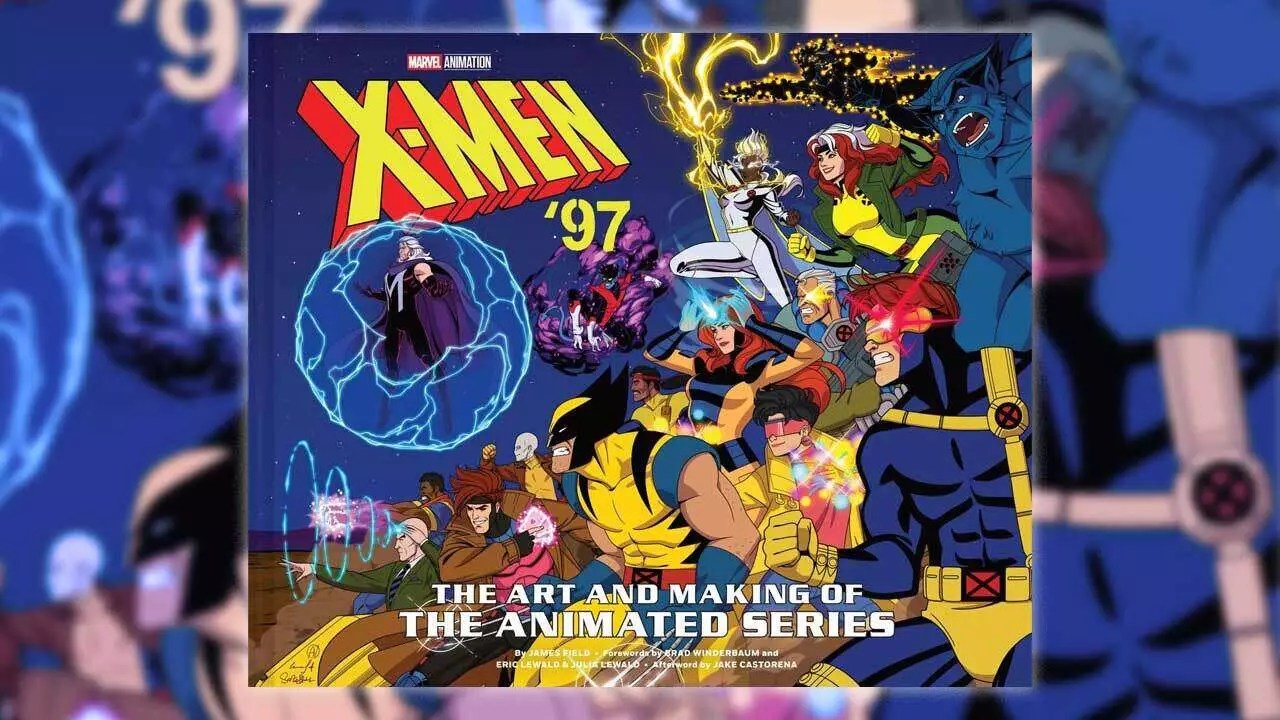The resurgence of beloved animated series like X-Men ’97 underscores the timeless appeal of hand-crafted artistry rooted in nostalgia. While CGI dominates today’s industry, the detailed work visible in animation cels, storyboards, and concept sketches reminds us that innovation doesn’t have to compromise craftsmanship. The recent release of “X-Men ‘97: The Art and Making of the Animated Series” exemplifies how fans and creators alike are revisiting the past with fresh eyes, celebrating the artistry that made the original series a landmark for countless viewers. Such projects highlight the importance of preserving traditional animation techniques, which possess an innate magic that digital methods often struggle to replicate fully.
Why Art Books Are More Than Just Collectibles
In an age where content is often consumed fleetingly, art books like this serve a higher purpose—they act as immersive portals into the creative process. With 224 pages filled with storyboards, character designs, and behind-the-scenes insights, these publications elevate the viewing experience from passive entertainment to active appreciation. They provide fans not only with visual pleasure but also with a deeper understanding of the complexities involved in animation production. Furthermore, commentaries from the original creators, such as Eric and Julia Lewald, enrich this experience, providing context and personal anecdotes that breathe life into static images. To truly appreciate animation’s artistry, it’s vital to recognize the meticulous detail and passion embedded within each frame, which these books beautifully showcase.
Bridging Generations Through Collectible Media
The allure of the original X-Men animated series remains strong, fueling a renewed interest in collectible materials associated with it. The 288-page retrospective by the Lewalds offers an intimate glimpse into the creative journey that shaped a generation’s understanding of the X-Men universe. As collectors seek tangible links to their childhood, these comprehensive books serve both as nostalgic artifacts and educational resources that underscore the evolution of animation styles and storytelling techniques over decades. Additionally, reprints like “X-Men: The Manga” not only make this content accessible to new audiences but also highlight the importance of cultural cross-pollination, merging Western animation traditions with manga artistry.
Expanding the Multiverse of Artistic Exploration
Beyond the realm of X-Men, other titles like “The Art of Marvel Studios’ What If…?” demonstrate how animation and comic adaptations continue to evolve creatively. These visual compendiums celebrate bold storytelling experiments within established universes, encouraging fans to see familiar characters and scenarios from new and imaginative perspectives. The detailed artwork combined with creator commentaries transforms these books into essential guideposts for aspiring artists, writers, and fans looking to deepen their appreciation of the craft. In this way, these publications foster a sense of community and shared passion, inspiring a new wave of innovation rooted in respect for traditional art forms while embracing contemporary storytelling.
Ultimately, the current wave of animated art books exemplifies a broader cultural trend: embracing nostalgia not as mere sentimentality but as a foundation for innovation and artistic growth. It’s about recognizing that the beauty of animation lies not just in the final product, but in the painstaking process that creates it—an understanding that elevates both the craft and the fan experience to new heights.


Leave a Reply